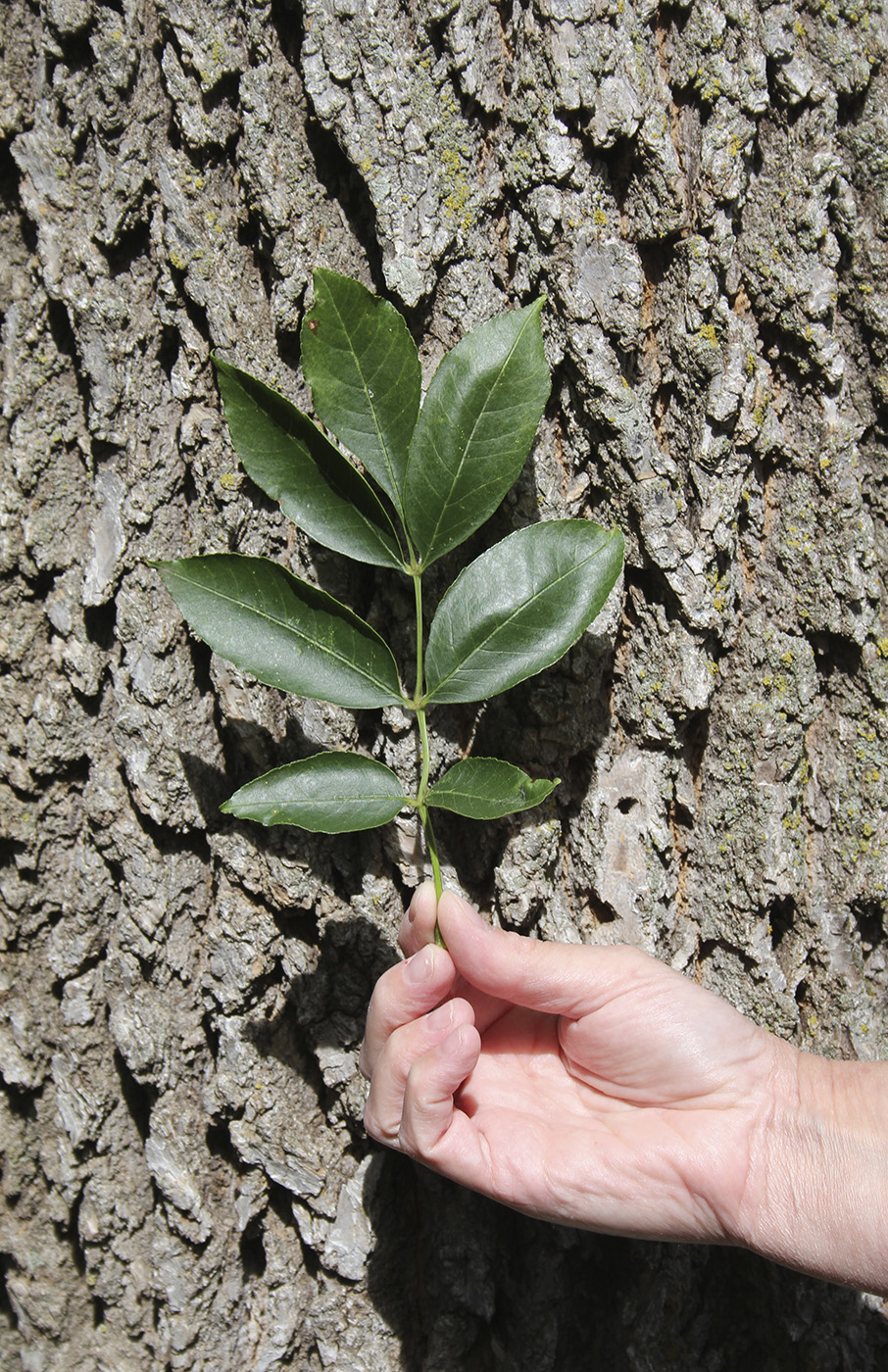
In August 2018, Emerald Ash Borer (EAB) was confirmed in Lincoln, found on a residential property northwest of Pioneer's Park. This follows 2018 confirmation of EAB at Mahoney State Park and 2016 confirmation in Omaha and Greenwood. All ash tree species are at risk of attack by this insect. Nebraska Extension in Lancaster County and the Nebraska Forest Service are presenting a seminar to provide property owners with the information they need to make good decisions about their ash trees.
An Emerald Ash Borer seminar will be held on Thursday, Oct. 18, 6:30-8:30 p.m. at the Lancaster Extension Education Center, 444 Cherrycreek Road, Lincoln. Registration is required by Oct. 15 by calling 402-441-7180. Cost is $15 per person/couple for one set of educational materials. Debit/credit card payment available over the phone through Oct. 15th for an additional fee. Or pay at the door, making checks payable to Nebraska Extension in Lancaster County.
Insecticide treatments against EAB are available, but can cause cumulative damage to trees. Treatments are NOT recommended until EAB has been confirmed within 15 miles of your location, but August's EAB find puts most of Lancaster County within the 15-mile treatment recommendation zone. However, fall is not a recommended time for treating trees.
At this seminar, property owners will:
* Learn how to identify ash trees. If you are unsure if a tree in your landscape is an ash, bring small branch samples or pictures for identification.
* Learn how to determine which of your ash trees are the best candidates for treatment. Many owners will decide to let some trees die -- particularly low-vigor trees, those in poor locations or with existing problems.
* Find out about the available treatment methods, their advantages and disadvantages, and when they should be applied.
* Learn about good replacement trees. Diversity is key!
Seminar presenters include Sarah Browning, Nebraska Extension Horticulture Educator and Laurie Stepanek and Dave Olson, Nebraska Forest Service – Forest Health Specialists.